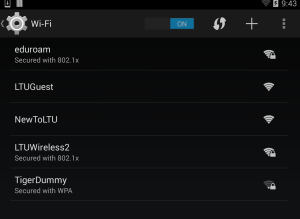Quality of Service (QoS)-aware edge and fog technologies play a crucial role in optimizing the performance and reliability of smart grid systems. Smart grids integrate advanced communication and information technologies into the traditional power grid to enable real-time monitoring, control, and management of electricity generation, distribution, and consumption [1]. Edge and fog technologies facilitate real-time data analytics at the grid’s edge, enabling immediate insights into power consumption patterns, grid stability, and potential faults [2, 3]. This information can be utilized to optimize energy distribution, predict demand, and prevent potential failures. QoS-aware edge and fog technologies also prioritize low-latency communication for time-critical applications, such as grid monitoring, protection, and control. This minimizes communication delays and enhances the overall grid performance.
However, applying edge and fog technologies to a smart grid architecture is non-trivial due to challenges with distributed ownership, connectivity, data fusion, data storage, load-balancing and issues with security and privacy [4].
This project investigates how edge, fog and cloud technologies can be used to improve the QoS of the smart grid and also improve the computational and communication latency of the grid data.
References
[1] Judge, M.A., Khan, A., Manzoor, A. and Khattak, H.A., 2022. Overview of smart grid implementation: Frameworks, impact, performance and challenges. Journal of Energy Storage, 49, p.104056.
[2] Al-Turjman, F. and Abujubbeh, M., 2019. IoT-enabled smart grid via SM: An overview. Future generation computer systems, 96, pp.579-590.
[3] Veloso, A.F.D.S., de Moura, M.C., Mendes, D.L.D.S., Junior, J.V., Rabêlo, R.A. and Rodrigues, J.J., 2021, October. Towards sustainability using an edge-fog-cloud architecture for demand-side management. In 2021 IEEE International Conference on Systems, Man, and Cybernetics (SMC) (pp. 1731-1736). IEEE.
[4] Li, J., Gu, C., Xiang, Y. and Li, F., 2022. Edge-cloud Computing Systems for Smart Grid: State-of-the-art, Architecture, and Applications. Journal of Modern Power Systems and Clean Energy, 10(4), pp.805-817.








